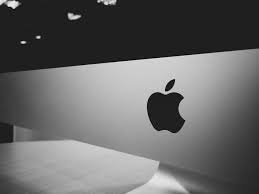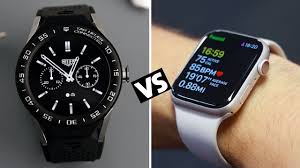
The global second-hand tech market is projected to reach $350 billion by 2027, growing at an unprecedented 16% annually. This seismic shift in consumer behavior represents more than just cost-saving – it’s a complete transformation in how we value technology. From refurbished smartphones to pre-owned gaming consoles, this 2,500-word deep dive explores the factors driving the used tech revolution and what it means for consumers, manufacturers, and the planet.
A. The Second-Hand Tech Market by the Numbers
-
Market Growth Statistics
-
Smartphones: 310M used units sold in 2023 (28% YoY increase)
-
Laptops: 42% of all enterprise IT equipment now refurbished
-
Consoles: PS4 sales actually grew 17% in 2023 as used market expanded
-
-
Price Comparison Data
Device New Price Refurb Price Savings iPhone 14 Pro $999 $679 32% MacBook Air M1 $999 $649 35% Galaxy S22 Ultra $1,199 $749 38% -
Environmental Impact
-
Each refurbished smartphone prevents 55kg of CO2 emissions
-
82% less water used compared to manufacturing new devices
-
700 tons of gold recoverable from annual used phone sales
-
B. 5 Key Drivers of the Used Tech Boom
1. The Affordability Crisis in New Tech
-
Flagship smartphones now exceed $1,500
-
GPU prices up 300% since 2018
-
73% of consumers say new devices are “priced beyond reason”
2. Remarkable Quality Improvements in Refurbs
-
12-month warranties becoming standard
-
Battery health guarantees (minimum 85% capacity)
-
OEM-certified programs (Apple, Samsung, Dell)
3. Changing Consumer Attitudes
-
Gen Z’s “anti-status” mentality (42% prefer used)
-
Reduced stigma around second-hand purchases
-
Sustainability becoming purchase factor for 68% of buyers
4. Corporate Adoption Trends
-
89% of SMBs now buy refurbished IT equipment
-
Enterprise leasing models for used devices
-
Tech giants launching trade-in stores (Apple’s Self Service Repair)
5. The Pandemic’s Lasting Impact
-
Supply chain disruptions created new appreciation for existing stock
-
Remote work normalized “good enough” older devices
-
Economic uncertainty made longevity desirable

C. The Dark Side of Used Tech
-
Fraud & Scam Risks
-
1 in 5 used devices has hidden damage
-
IMEI blacklist nightmares
-
Fake “certified refurbished” sellers
-
-
Performance Limitations
-
Older chipsets struggling with modern software
-
Missing security updates on abandoned devices
-
Battery degradation realities
-
-
Market Distortions
-
Used prices sometimes exceeding MSRP (GPU market)
-
Scalpers exploiting trade-in programs
-
Theft rings feeding secondary markets
-
D. Industry Disruption: Who Wins and Loses
| Stakeholder | Impact |
|---|---|
| Consumers | ✅ Lower costs, ❌ Fewer warranty options |
| Manufacturers | ✅ Trade-in profits, ❌ New sales decline |
| Retailers | ✅ Higher margins on refurbs, ❌ Inventory complexity |
| Environment | ✅ Reduced e-waste, ❌ Recycling challenges |
| Repair Shops | ✅ More business, ❌ Parts shortages |
E. Smart Buying Guide for Second-Hand Tech
-
Where to Buy Safely
-
Manufacturer refurbished programs
-
Back Market (90-day warranty standard)
-
Swappa (community verification system)
-
-
Red Flags to Avoid
-
“Like new” without actual certification
-
Sellers refusing IMEI checks
-
Prices significantly below market
-
-
Essential Checks
-
Battery cycle count (for laptops)
-
Water damage indicators
-
Functionality test checklist
-
F. The Future of Pre-Owned Technology
-
Emerging Trends
-
AI-powered quality grading systems
-
Blockchain-based device histories
-
Automated refurbishment factories
-
-
Market Predictions
-
Used to outsell new in smartphones by 2028
-
Subscription models for refurbished devices
-
“Lifetime ownership” tracking becoming standard
-
-
Regulatory Changes
-
Right-to-repair laws boosting refurb supply
-
Standardized grading systems
-
Tax incentives for used purchases
-

Conclusion
The second-hand tech revolution represents a fundamental rethinking of value in the digital age. What began as a niche market for bargain hunters has become the smartest way to acquire technology – offering better prices, reducing environmental harm, and challenging manufacturers to build longer-lasting products. As certification standards improve and consumer confidence grows, used tech may soon become the default choice rather than the alternative.













